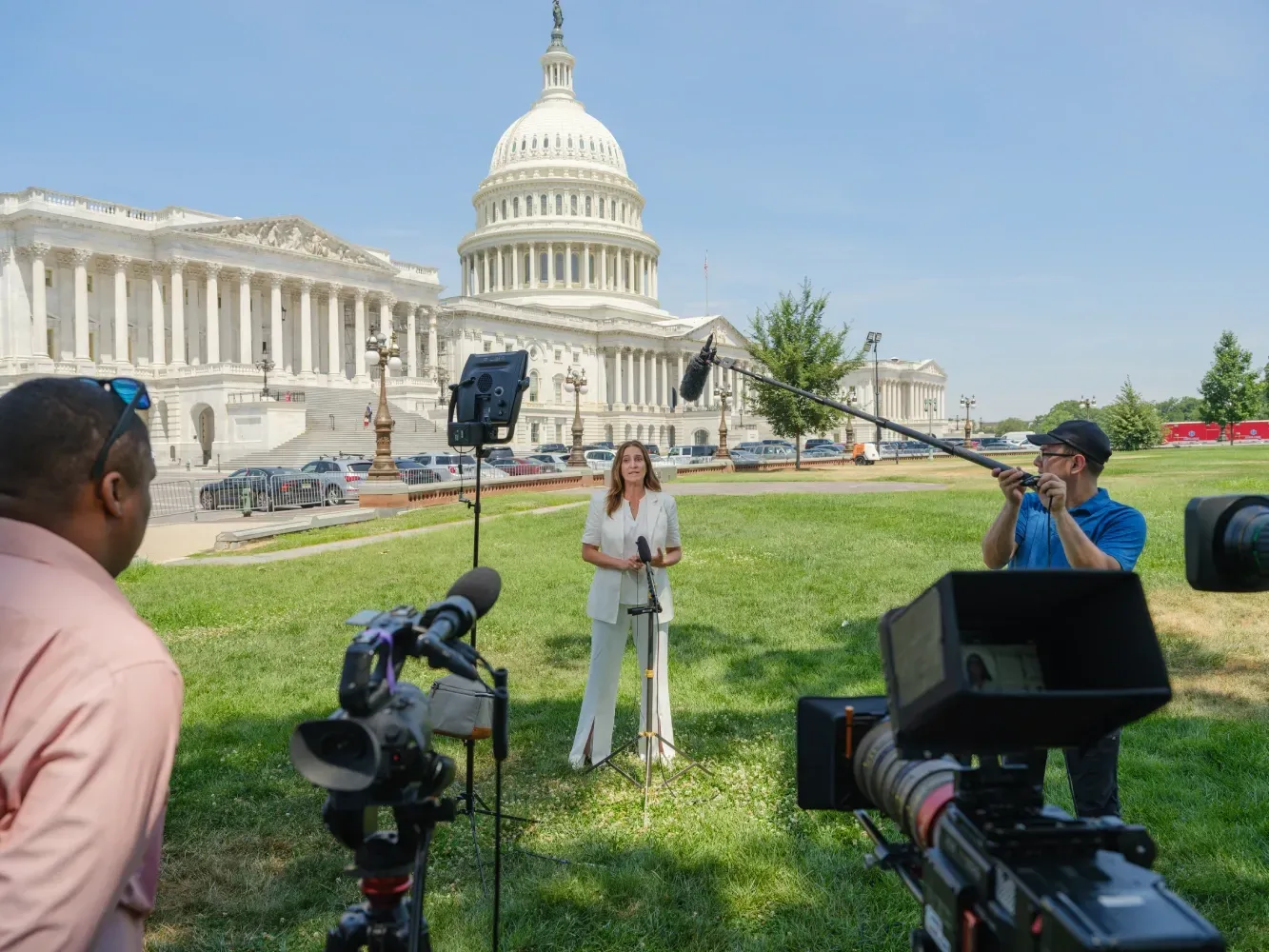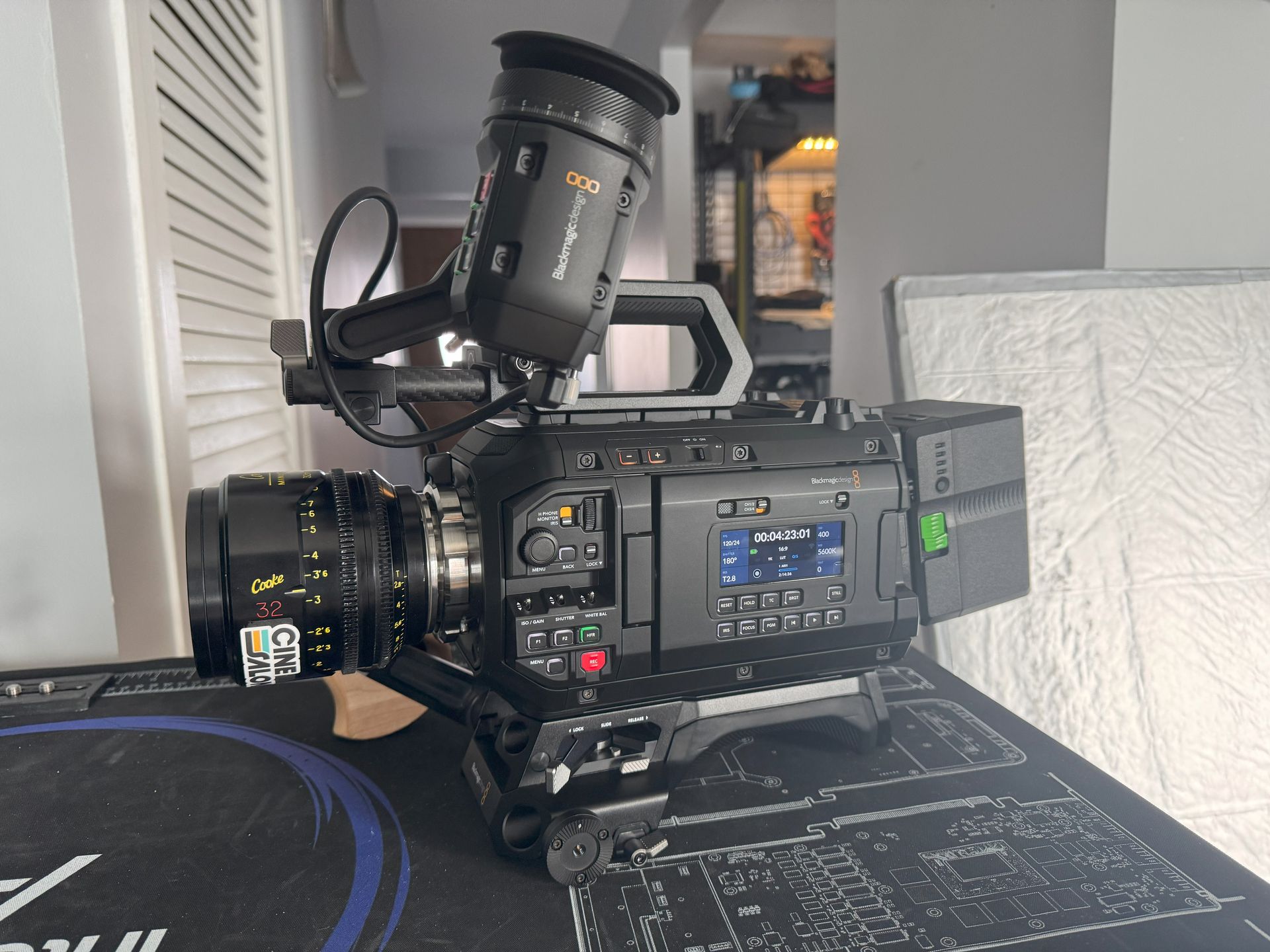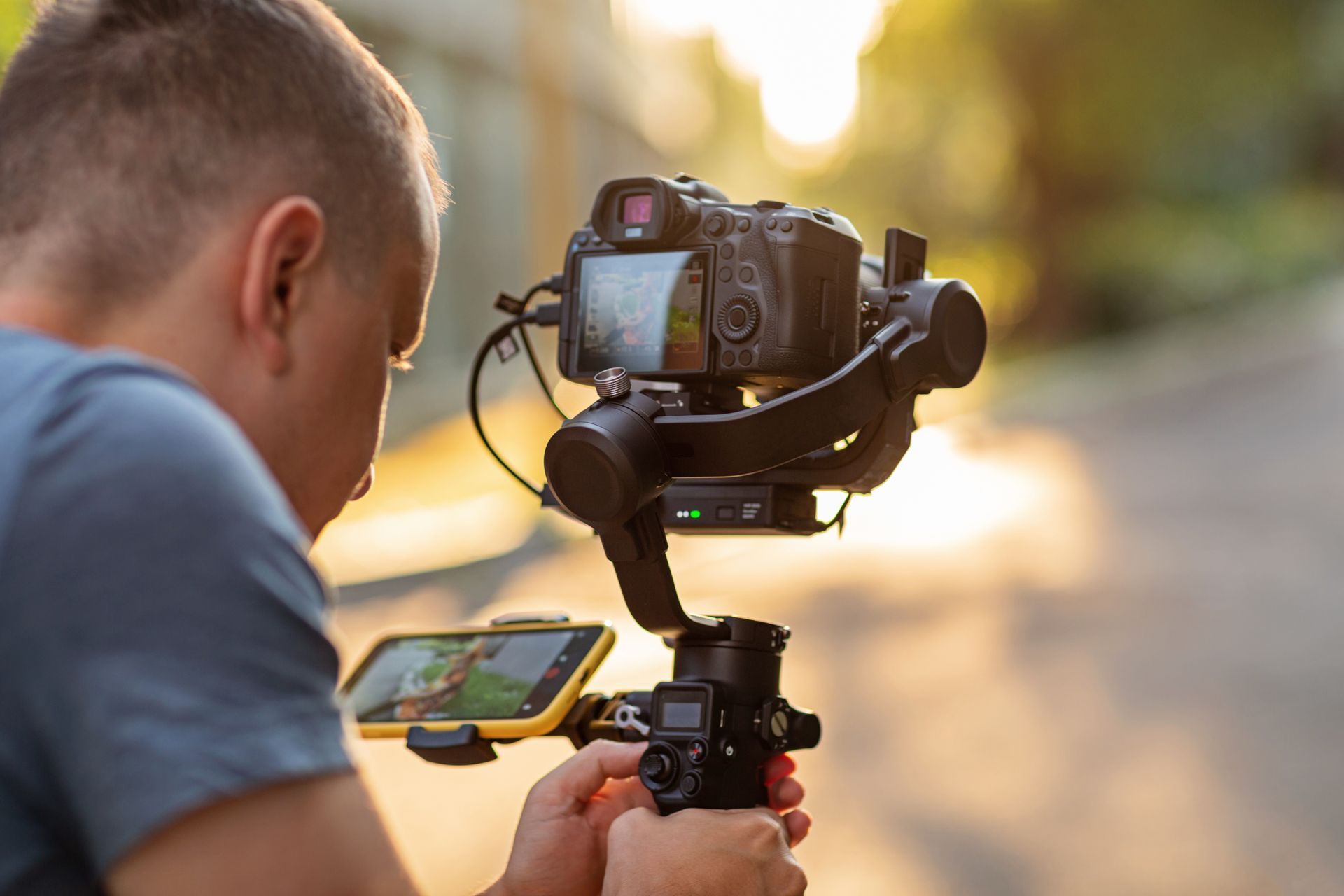
Any marketing approach needs video branding. Videos are one of the best ways businesses can reach and connect with their target audience. Video branding helps firms stand out in a congested market. It also allows them to communicate their brand narrative.
Understand video branding vocabulary to establish a successful approach. This article will cover all the essential video branding vocabulary. This book will help you develop engaging video content for your novice or seasoned marketer audience.
Logo animation, color grading, and bumper are covered in this tutorial. We'll also examine YouTube, Facebook, Instagram, LinkedIn, and TikTok for video branding. We'll also discuss video branding KPIs like view count, engagement rate, conversion rate, and brand lift. After this article, you'll get to know video branding terminology. It will help you develop successful content matching your brand's values and goals.
Video branding may help firms connect with their audience. Companies may generate engaging video content utilizing video branding tactics and platforms. Everyone can design successful video branding strategies to boost their brand. Reach your marketing goals with the correct knowledge and tools. Let's start with video branding language to help you make great videos!
What Are Some Video Branding Techniques?
Product Placement
Product placement is a standard video branding practice. It can subtly or overtly advertise a brand's goods. Movies, TV, music videos, and other entertainment regularly feature product placement. Product placement aims to make viewers like the brand and product.
Product placement may instantly reach a big audience. It promotes a product or service that matches the brand's values and messaging. Product placement boosts brand exposure, engagement, and sales.
Visual, verbal, and contextual product placements exist. Visual product placement shows the brand's product or logo in the video. Contextual placement places the brand's product or service in a setting that matches its values and messaging.
Product placement in videos may reach a broad audience naturally. The brand may build audience trust by including the product in the video. Product placement is cheaper than traditional advertising for brand promotion.
In conclusion, product placement in videos is a standard video branding tactic. It helps marketers reach a large audience rapidly and target specific demographics and interests. Visual, verbal, and contextual product placements exist. Product placement may boost engagement, revenue, and brand awareness.
Branded Content
Video branding strategy, known as "branded content," entails producing unique material. It reflects the brand's ethos and approach. Its purpose is to convey a tale about the brand that will stick with people and make them feel something when they see or hear it. Some fundamentals of branded content are as follows:
- Branded content can take many forms, including short films, documentaries, and web series.
- The goal of branded content is to create a positive brand image in the audience's minds.
- Branded content can build brand awareness and drive traffic to the brand's website or social media channels.
- Branded content should be authentic and aligned with the brand's values and message.
- Branded content can be shared on various platforms, including social media and websites.
Branded content lets brands compellingly express their story. Brands may build audience trust by generating content that matches their values and messaging. Branded content may promote a brand's product or service more cheaply.
In conclusion, branded content is video branding that creates original material. It tells a fascinating tale to connect the brand and audience emotionally. Branded content may boost brand exposure, engagement, and website and social media traffic. Brands may strengthen their brand identity by generating authentic and helpful content.
Native Advertising
Native advertising blends video ads into the platform's content. Native ads combine with the platform's content. Native advertising on social media appears like regular posts in the user's feed. Native advertising basics:
- Facebook, Instagram, and Twitter use native advertising, which is more engaging.
- Native advertising aims to engage and lessen audience disruption.
- Native ads should be labeled as ads to maintain transparency.
- Native ads can be targeted to specific demographics and interests to maximize effectiveness.
- Native advertising helps brands create video ads that blend in with the platform's content. Native ads integrate into the platform's content, making them less intrusive. Native advertising can quickly reach target-specific demographics and interests.
In conclusion, native advertising is video branding that blends ads into the platform's content. It makes advertising more engaging and less disruptive. Social media native advertising can target specific demographics and interests. Brands can strengthen their identity and connect with audiences.
Key Video Branding Terminology
Logo Animation
Video branding with logo animation is trendy. It's a great technique to grab attention and leave a brand's mark. Logo animation enhances video material with enthusiasm.
Logo animations range from basic to 3D-rendered. Brand style and budget determine animation type. A brand with a simple logo may choose a simple animation with a few motions. In contrast, a more complicated logo may require several effects.
Logo animation helps firms stand out in crowded markets. Today's customers are inundated with information. It makes it harder for companies to grab their attention. Logo animation may help brands stand out from the crowd.
Logo animation can also reinforce brand values. Businesses may engage emotionally with their audience by animating their logo. Try to match your brand beliefs and messaging. This may develop trust and loyalty, which are crucial to branding.
Logo animation improves brand image and video content for businesses. Businesses can stand out in a competitive market and leave a lasting impression. Consider collaborating with expert animators and video content developers. It will create personalized logo animations that match the brand's style and messaging.
Lower Third
Lower Third is a term used in video production to describe a graphic overlay at the bottom of the screen. The Lower Third is often used to display information such as a person's name, job title, or other relevant details. This term is used in video branding because it effectively promotes a brand and its message.
In video branding, the Lower Third is an essential tool to convey important information about a brand. The graphic overlay can include the slogan or any other relevant information. The brand can make its message more prominent and memorable.
The Lower Third is also an effective way to promote a brand's social media presence. The brand can encourage viewers to follow and engage with the brand on social media. This is a great way to increase a brand's reach and engagement.
In addition to promoting the brand, the Lower Third can also be used to introduce the people featured in the video. By displaying their names and job titles, it can help establish credibility.
Overall, the Lower Third is an essential tool in video branding. It allows brands to convey important information about their brand and message. Promoting their social media presence and introducing their team members. Brands can make their videos more engaging, memorable, and effective.
Brand Identity
Brand Identity is a crucial term in video branding that refers to the collection of visual and verbal elements that represent a brand. It includes the brand's logo, color scheme, and tone of voice to its core values. Brand Identity creates a solid and consistent brand image in the eyes of the audience by making a brand unique and identifiable.
Video branding relies on brand identity to provide a consistent, engaging message. Video material may enhance the brand's image and news by connecting its visual features. It comes with its fundamental values and personality.
The logo is one of the essential elements of Brand Identity in video branding. The logo visually represents the brand. It is often used in the Lower Third or as a watermark throughout the video. By consistently using the logo in video content, the brand can reinforce its image and message in the audience's minds.
Another essential element of Brand Identity in video branding is the color scheme. Color significantly impacts how people perceive a brand and can influence emotions and behavior. Using a consistent color scheme throughout the video content resonates with the audience.
The tone of voice is another essential element of Brand Identity in video branding. The voice style is how the brand communicates with its audience and can help establish its personality and values.
In conclusion, video branding relies on brand identity, a brand's visual and linguistic aspects. Video content may convey an engaging message by matching the brand's values and personality. The audience's perception of a brand is shaped by its logo, color scheme, and voice.
Brand Voice
Video branding relies on brand voice—a business's tone, personality, and communication style. A brand voice gives all communication, including videos, a uniform manner. A brand voice that matches values, audience, and goals is crucial.
Video branding may convey a brand voice through narrative, images, and music. A brand that wishes to bring joy and playfulness can employ bright colors, energetic music, and witty language in its videos. Yet, a serious and professional brand may utilize a more muted color palette, somber language, and a more official tone.
Video material must have a consistent brand voice for brand identification and trust. Brand voice consistency promotes audience recognition and engagement. A strong voice may help a brand stand out by giving it a distinct personality and style.
Understanding the brand's principles, audience, and personality helps create a powerful brand voice. Knowing these elements allows a company to build a tone and style. It will connect with its audience and effectively communicate. To develop brand awareness and trust, video material must use the brand voice consistently.
In conclusion, brand voice is essential to video branding. It establishes brand consistency and audience trust. Every video material should reflect a brand's values, target audience, and personality. A strong voice gives a brand a distinct personality and style that stands out from rivals and connects with customers.
Color Grading
Video branding relies on color grading, which alters a video's hues to set a mood. Color grading enhances video storytelling by utilizing color to generate emotions. Color grading may turn a boring video into a captivating one.
Color grading may give video branding a uniform appearance and feel. A brand may pick a color palette that reflects its values and personality. Use it consistently across all video material to create a memorable brand image. Color grading may also express brand values and audience emotions.
Color grading may produce various video moods. Red, orange, and yellow are warm and energetic, whereas blue and green are serene and pleasant. Color grading lets a business set a tone that matches the video's content and connects with viewers.
Color grading adjusts video brightness, contrast, saturation, and hue. This takes a professional colorist and sophisticated software. The message's impact and audience reception depends on the final color-graded video.
In conclusion, video branding relies on color grading to develop a brand's visual identity and set a mood. It can communicate brand-related concepts and feelings. Color grading may help a company generate aesthetically appealing videos.
Bumper
The bumper is a video branding terminology for a short video clip. It lasts between 5 to 15 seconds and promotes a brand or product. Bumpers are usually used as pre-roll ads on platforms such as YouTube and are designed to capture the viewer's attention quickly and effectively. Bumpers are an excellent way to create brand awareness and reach a large audience in a short amount of time.
The main goal of a bumper is to create a lasting impression on the viewer and convey the brand's message or product quickly and efficiently. Bumpers typically have a concise message that is easy to understand and memorable. Clear and concise language and visuals are key to creating an effective bumper. They must grab the viewer's attention and communicate the brand's message effectively.
Bumpers can be used in a variety of ways in video branding. They can be used to introduce a new product, promote a sale or discount, or create brand awareness. Bumpers can also be part of a more extensive video marketing campaign. They can be used to build anticipation for upcoming product launches or events.
Bumpers often use longer-form video content, such as product demos or tutorials. By using bumpers to promote longer-form content, brands can increase engagement. Bumpers are an excellent way to reach a broad audience quickly and can be targeted to specific demographics and interests.
In conclusion, the bumper is a video branding terminology that refers to a short video clip to promote a brand or product. Bumpers are an effective way to reach a broad audience quickly and can be targeted to specific demographics and interests.
Conclusion
Brands will have exciting video branding opportunities in the future. Businesses must use video branding to stay relevant in the digital age. Interactive video branding engages and personalizes audiences. Interactive videos let viewers click links or make choices that affect the video's outcome. Immersive videos boost brand loyalty and engagement. Brands are using personalized video content to give their customers a better experience.
Customized videos give viewers a more memorable experience. This type of video can boost brand loyalty and conversions. In conclusion, the future of video branding gives brands exciting video content. By keeping up with new technologies, brands can increase engagement and sales. As video becomes more popular online, businesses must use video branding to stay competitive and up-to-date.

Get total clarity on your video marketing and paid media with our FREE comprehensive data audit.







